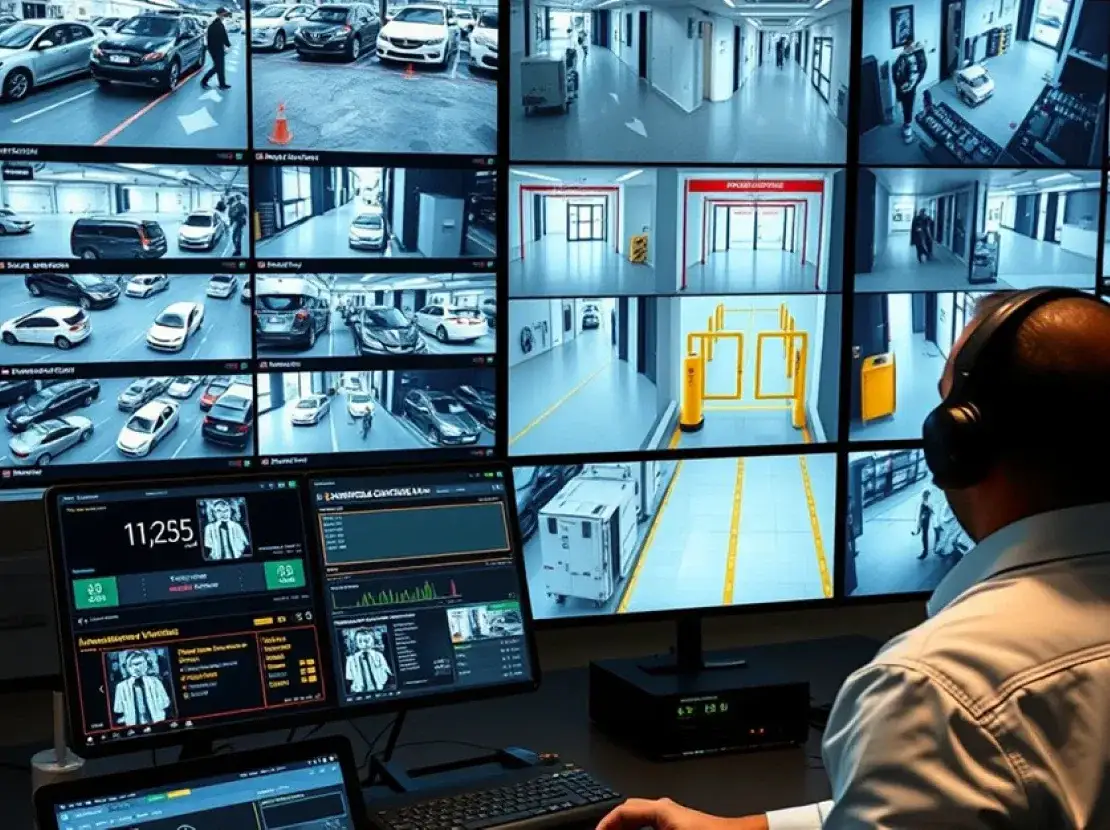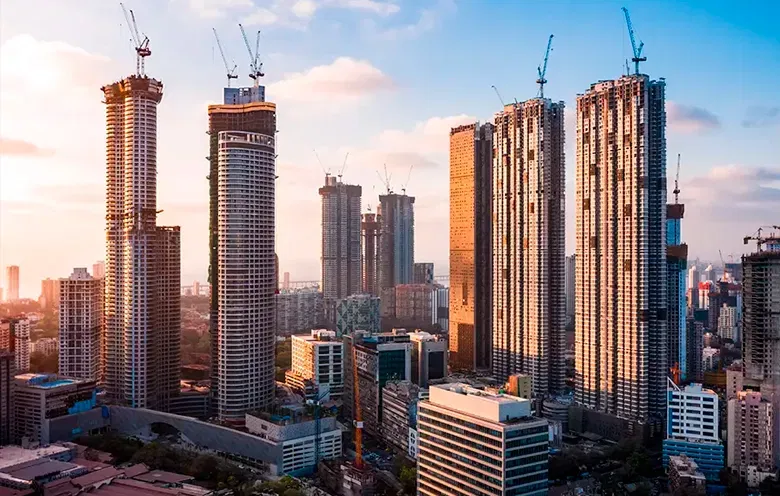Customer Background
The client is a prominent US-based facility management company that specializes in offering comprehensive maintenance and management solutions for sizable commercial properties. Their range of services encompasses security, maintenance, landscaping and waste management.
Challenges
Our client relied heavily on manual inspections to monitor and track various aspects of facility management, such as security and maintenance. This manual approach was time-consuming and prone to errors. It had limitations on real-time monitoring capabilities.
Ensuring compliance with safety regulations and identifying potential safety hazards within the facilities was a constant challenge for the company. Manual inspection methods cannot identifying all safety risks, leading to potential liabilities and compromised safety standards.
- Time-consuming: Manual inspections can take a long time to complete, especially if the facility is large or complex. This can lead to delays in identifying and addressing problems, which can have a negative impact on safety, productivity, and compliance.
- Prone to errors: Human error is always a possibility, even with the most careful inspectors. This can lead to missed hazards or incorrect diagnoses, which can have grave consequences.
- Limited real-time monitoring: Manual inspections are typically conducted on a scheduled basis, which means that there is no way to monitor the facility in real-time for potential problems. This can be a major liability if a hazard arises between scheduled inspections.
- Lack of ability to identify all safety risks: The inspector’s capability to observe and reach all parts of the facility restricts the extent of manual inspections. This means that there is always the possibility that hazards will go undetected.
Solutions
Softweb Solutions initiated the consultation process by conducting a comprehensive assessment of the client’s facility management operations. Through collaborative planning sessions, we discussed the requirements and objectives in detail. Our computer vision specialists ensured the proposed solution aligned with their vision and business objectives. The solutions included:
Computer vision
Softweb Solutions developed a computer vision solution that met the specific needs of the client. The solution included a network of cameras that were strategically placed throughout the facility. The cameras were used to capture images and videos of the facility, which were then analyzed by computer vision algorithms. The algorithms were able to identify people, vehicles, and other objects in images and videos.
Edge computing
The computer vision solution also included edge computing capabilities. This allowed the YOLO algorithms to run on the cameras themselves, rather than on a central server. This made the solution more scalable and efficient, as it reduced the amount of data that had to be transferred between the cameras and the server.
Real-time monitoring
The computer vision solution enabled real-time monitoring of the facility. This allowed the client to track people and vehicles entering or leaving the premises. The solution also enabled the client to track unauthorized parking and take proactive measures.
-
Industry
-
Technologies / Platforms / Frameworks
IoT Hub, Azure Logic Apps, Azure Data Lake, Azure Blob Storage, YOLO V4
-
Benefits
- Improved operational efficiency
- Cost savings
- Enhanced security
- Informed decision-making
- Improved safety standards
Decades of Trust & Experience
1630+
Projects
545+
Technocrats
26+
Products and Solutions
1020+
Customers
Similar Case Studies

Ensuring high quality packaging with computer vision

Enhancing personalization for a real estate company with Sitecore

Cancer cell tissue detection using computer vision
Connect Now
Our experts would be eager to hear you.